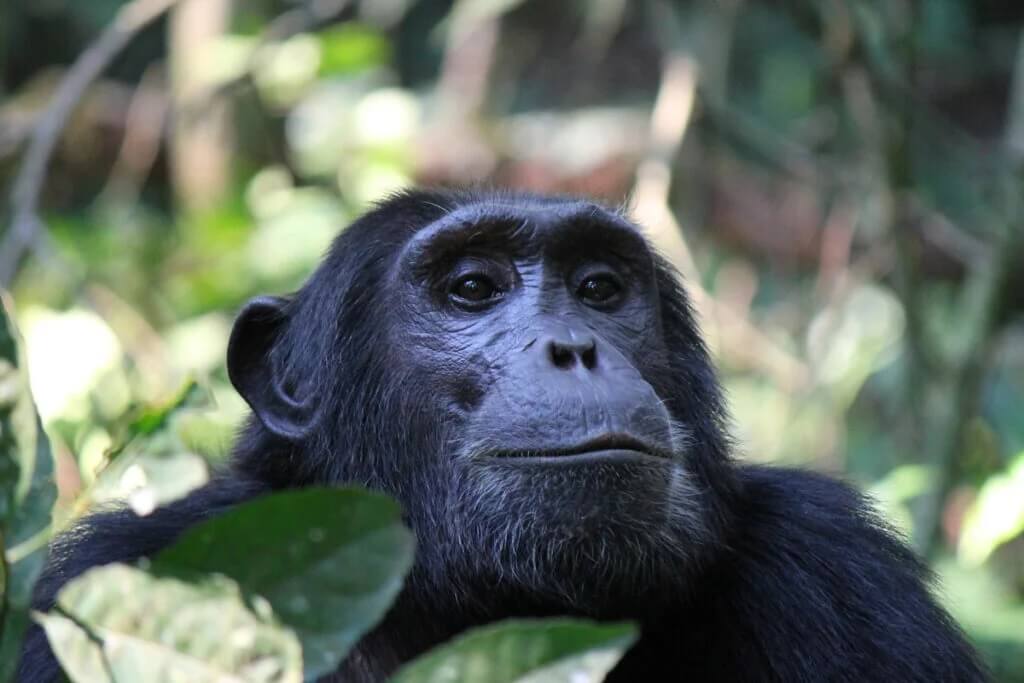The Washoe project is fascinating and, at the same time, moving, it is a chimpanzee female named Washoe, considered the first non-human animal to learn American sign language, for many, rather than an experience, it was a revelation of nature.
The Washoe project began on June 21, 1966 and was led by doctors Allen Gardner and Beatrix Gardner. At the time, the little chimpanzee was only 2 years old.
- She was born in West Africa and had been captured and brought to the United States by the country’s air force a year before the experiment began.
- It was intended for use in NASA experiments.
- But the Gardners adopted it and launched the Washoe project.
“I am in favour of animal rights as well as human rights. Is this the way of a complete human being?” -Abraham Lincoln-
Allen and Beatrix Gardner had worked with monkeys before starting the Washoe project. At that time, linguistics had become an area of great interest and the Gardners wanted to know whether it was possible to teach animals human language.
They had already adopted chimpanzees twice to try to teach them to speak like humans, but both attempts failed and scientists concluded that this was because the monkeys’ anatomy made articulated language impossible.
By the time Washoe entered their lives, they had stopped teaching monkeys to speak, on the contrary, they thought sign language would be a more appropriate attempt. The hands of this species are very similar to ours and, therefore, the probability of obtaining something. this way it was greater.
The Gardners also thought that the ideal would be to create Washoe as if it were human, that is, they would give it the same education as a child, they wanted to know if the chimpanzee was capable of learning the language naturally, like a child. human baby.
In this way Washoe had her own clothes and sat down to eat at the table with the couple, she also had her own personal belongings, such as toothbrushes and combs, as well as books and toys, in fact, when she grew up, she lived in a caravan that had a living room, kitchen, vanity, refrigerator and bed.
The Gardners entrusted Washoe custody to Roger and Deborah Fouts at age 5. Since then, the Fout have taken care of her, maintaining the same life parameters she had with the Gardners.
All caregivers at Washoe have been taught to use sign language and avoid the use of spoken language. The goal was to prevent him from feeling different from others, making him understand that signals were the natural form of communication. Gradually, she learned to communicate with humans.
Washoe has not been given any method of conditioning to learn the language, i. e. he has not received any prize for his achievements, as is often done with trained animals, on the contrary, he was allowed to learn by imitation, and he did. In the end, the chimpanzee knew more than 350 words.
Washoe had his own personality. She liked to spend her time looking at books in her free time. He also loved to look at shoe catalogs, and shoes in general caught a lot of attention. Besides, he had a great sense of humor.
There were two events that caught the attention of scientists and none of them were planned for the Washoe project, the first occurred when one of the chimpanzee’s caregivers was absent because she had given birth to a baby, who unfortunately died afterwards. He didn’t like his absence very much.
When the caregiver returned, she told Washoe, in sign language, what had happened to him. The chimpanzee looked down and, with his finger, drew the path of a tear that fell on the face of the grieving mother, showing not only that she had a high level of understanding, but also that she differed emotions and felt empathy.
The other fact happened when they put him in front of a mirror and asked who was there. She said, “I, Washoe,” does that mean she was self-aware, superior cognitive function. The chimpanzee died in 2007. Many of those familiar with the project called for primates to be declared “non-human. “What do you think?

